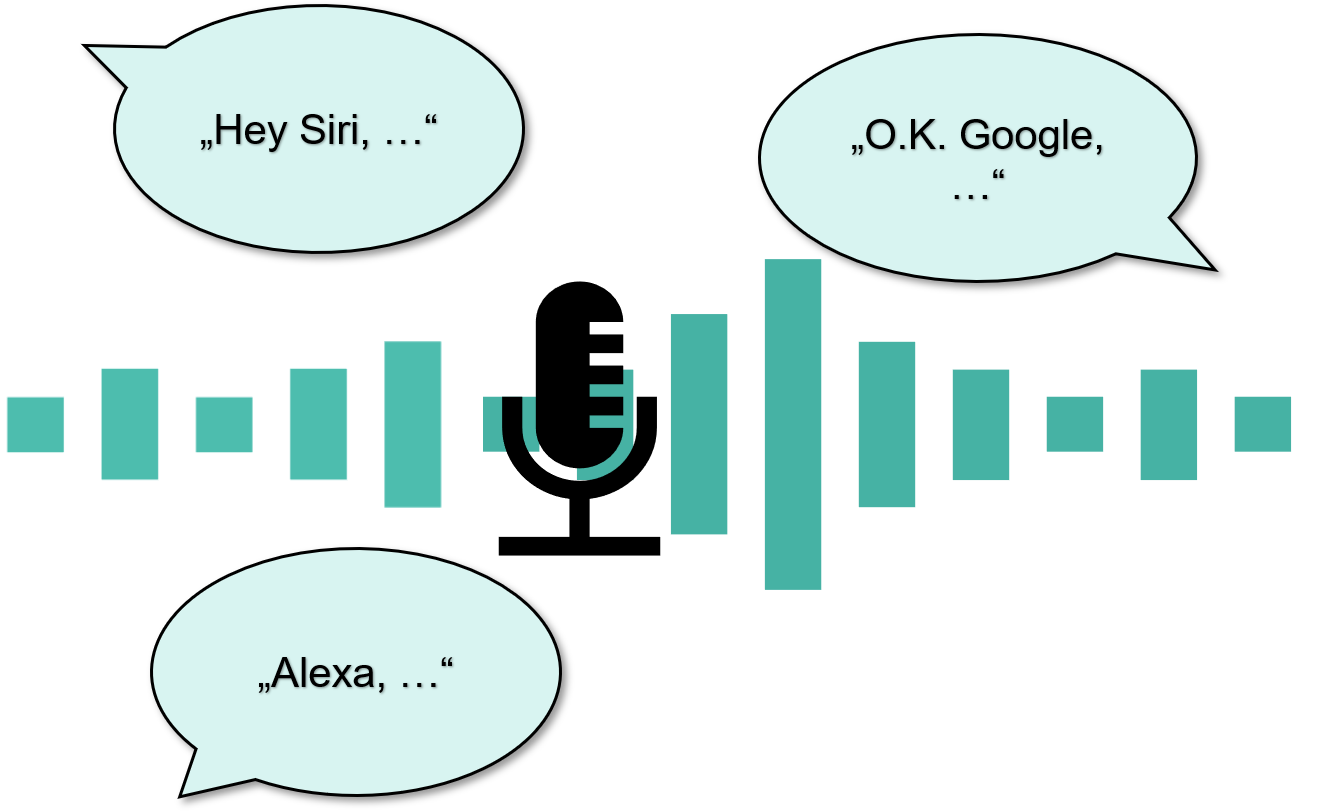Alexa, Siri and Co.: How does speech recognition actually work and what does it have to do with maths?
 Discover the fascinating world of artificial intelligence and natural language processing!
Discover the fascinating world of artificial intelligence and natural language processing!
From Siri and Alexa to ChatGPT - we encounter the amazing advances in speech processing technologies everywhere. In this workshop, we will explore the mathematical concepts that form the basis of how speech recognition systems work.
We will start with an introduction to the mathematical representation of sounds and learn how to determine the frequencies of partials using the Fourier transformation. We will then look at how we can extract features from these frequencies in order to compare speech signals on the basis of these features.
In the workshop, the participants will develop their own speech recognition system on this basis. We will evaluate and improve this together. At the end of the workshop, participants will have the opportunity to test the developed speech recognition system with their own voice recordings.
Duration: 5 - 6 hours (incl. lunch break)
Contents: Methods and strategies from the field of AI, functional equation, trigonometric functions, mean value, distance between vectors, temporal adjustment of time series
Previous knowledge: trigonometric functions, euclidean distance (3D), vectors, magnitude of a vector, arithmetic mean, relative frequency, four-field table
Target group: Maths/ Computer science/ Physics courses from year 11 onwards
Created by: Stephanie Hofmann
Registration: Appointments can be arranged individually using this form.
Material
The interactive learning material can be accessed via the online platform workshops.cammp.online. How to create an account on the platform and use the material is explained in this video. In addition, accompanying material is provided for teachers on the online platform, which can be accessed via a password that can be requested by email.
